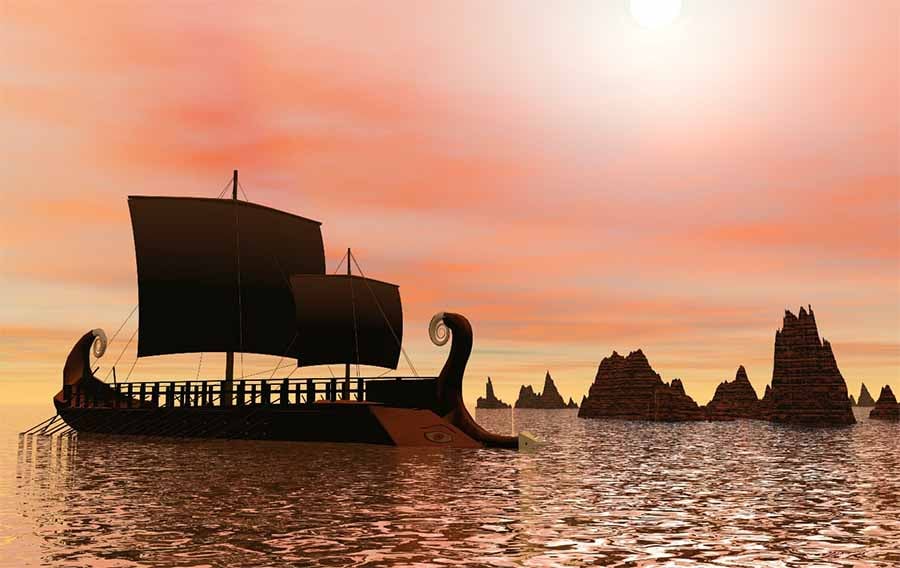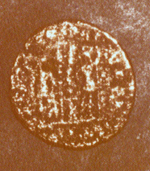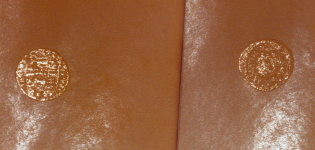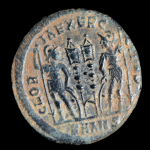treasurediver
Full Member
- Mar 13, 2005
- 176
- 263
In the 1980's Robert F. Marx published a story about finding Roman Amphorae in the bay, Bahia Guanabara, Rio de Janeiro, Brazil.
This was quite a sensation at the time.
I would like to piece the whole story together. I was myself involved in the story to a degree and believe to know about 80% of the story. It would be nice to get hold of the missing 20%.
Where was the story of the "Roman Amphorae in Rio de Janeiro" published?
This was quite a sensation at the time.
I would like to piece the whole story together. I was myself involved in the story to a degree and believe to know about 80% of the story. It would be nice to get hold of the missing 20%.
Where was the story of the "Roman Amphorae in Rio de Janeiro" published?
- "Mondo Sommerso" the Italian diving magazine.
- Archaeological journals?
- Magazines? "CRUZEIRO"







